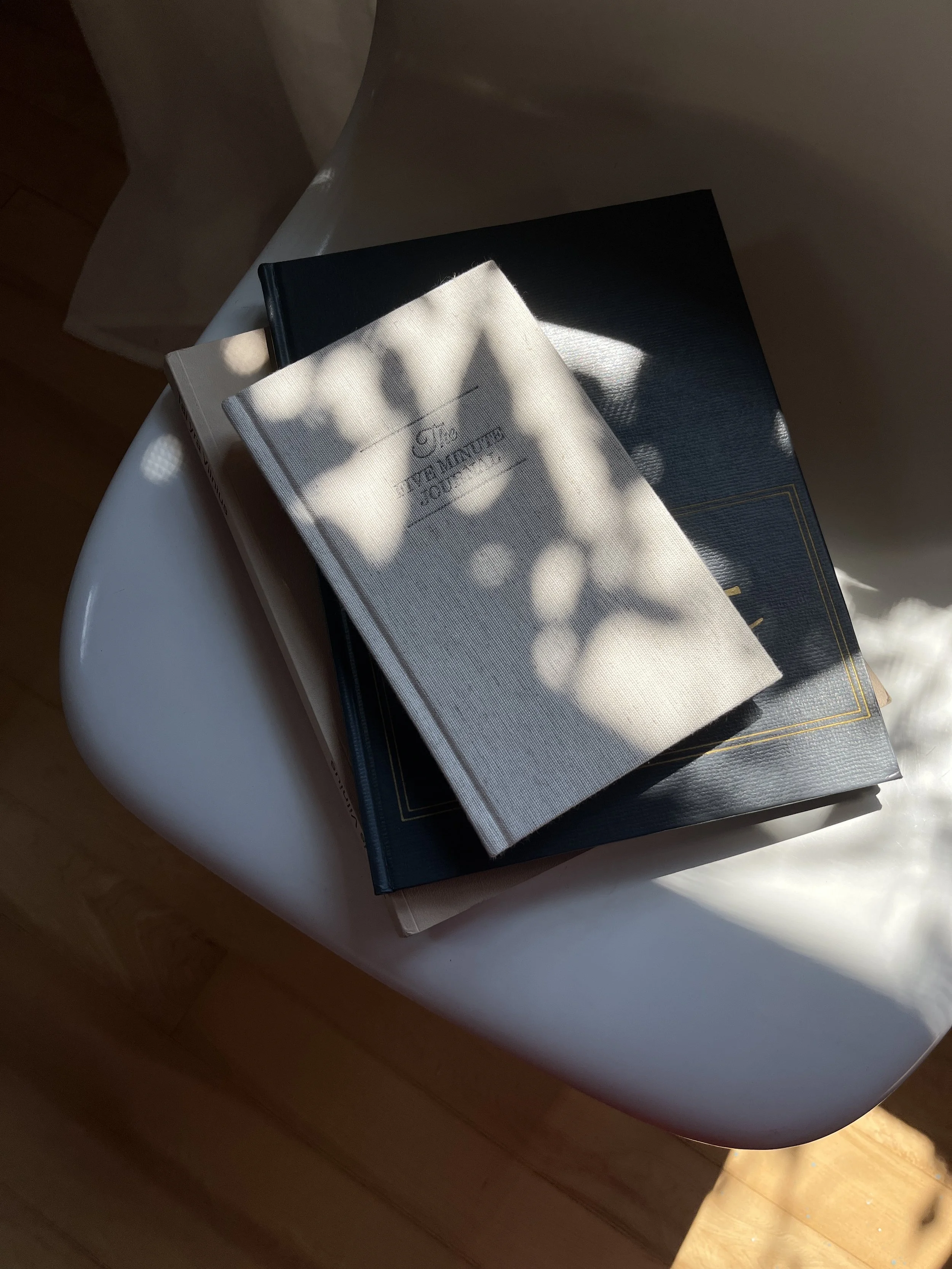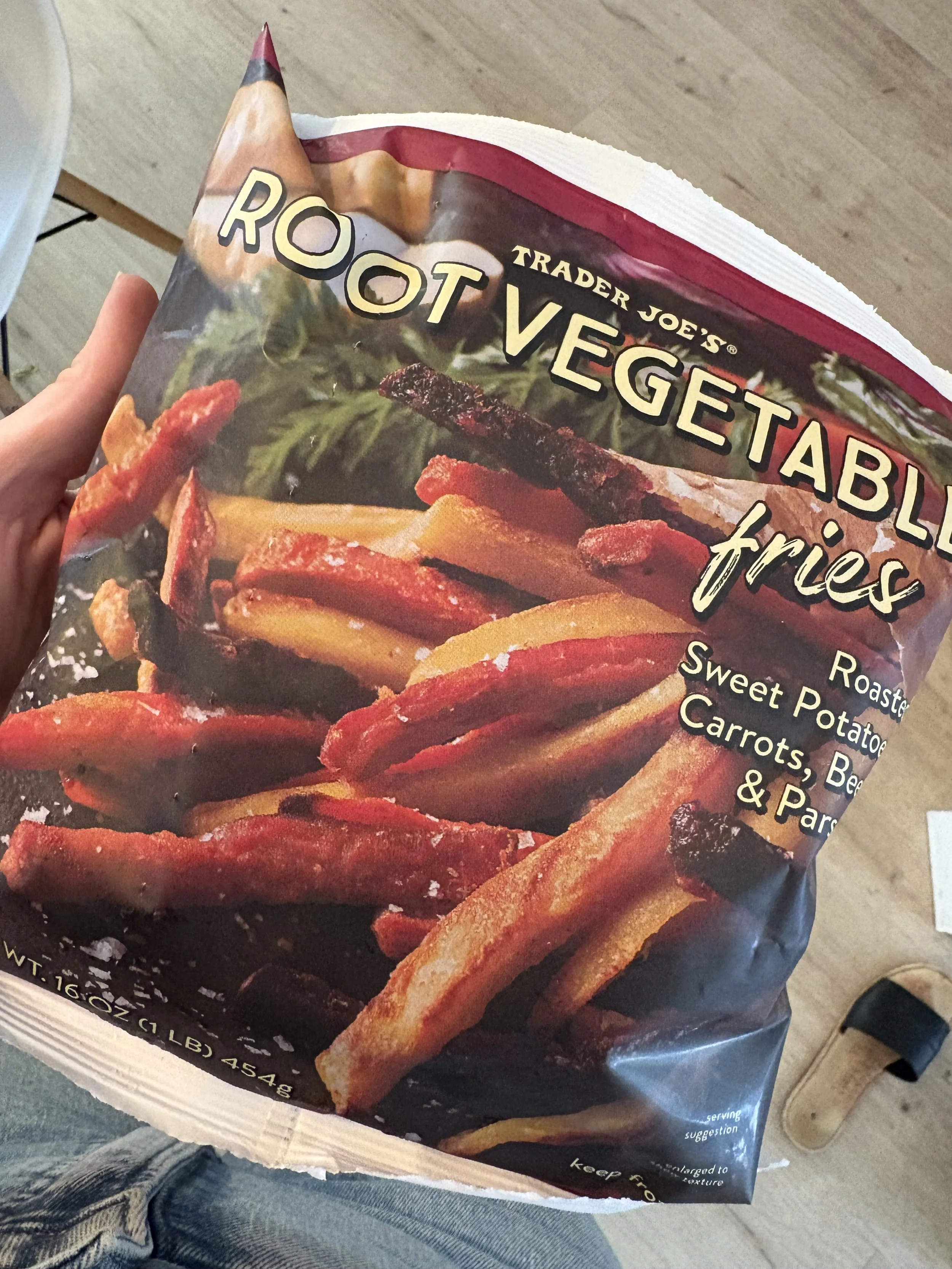DIY Acupressure Points for Migraine Headaches
Acupressure point are all over the body.
And with the right technique and location, they may be a holistic approach to supporting you during your next migraine.
I remember being in high school when I had my first migraine. It started with blurry vision, neck pain, and light sensitivity which then progressed into nausea, vomiting, and the worst headache pain I had ever experienced.
I didn't even know what a migraine was at the time so it was a little unsettling.
Since that time, I have consistently had several severe migraines per year. Migraines can disrupt your day, causing intense pain and other uncomfortable symptoms. While over-the-counter or prescription medication can be effective, natural remedies like acupressure offer a holistic approach to managing migraines. Acupressure is an ancient healing technique rooted in Traditional Chinese Medicine, where you apply pressure to specific points on the body to release tension and stimulate the body’s natural healing processes. Below, I’ll guide you through some DIY acupressure points that can help alleviate migraine headaches.
That is why I love utilizing at-home acupressure points to help reduce migraine pain. This post will educate you on acupressure therapy, the effectiveness of acupressure, and how you can get these benefits yourself!
What is a Migraine?
If you have ever had migraine attacks, you know they are far different than more common tension headaches.
A migraine is a neurological condition characterized by intense, often debilitating headaches that are usually localized to one side of the head. Unlike regular headaches, migraines can be accompanied by a variety of symptoms including nausea, vomiting, and sensitivity to light, sound, or smells.
Some people experience warning signs, called "auras," before the onset of a migraine. Sometimes these are visual disturbances, tingling sensations, or difficulty speaking—personally, I have experienced all of them with the onset of a migraine.
While the exact cause of migraines is not fully understood, they are believed to result from complex interactions between the brain's blood vessels, nerves, and chemicals. Migraine triggers vary widely, ranging from stress and hormonal changes to certain foods, smells, environmental factors, or stimuli (like flashing lights).
I have found that since using mainly non-toxic products, I am very sensitive to certain chemicals— especially artificial fragrances.
How Acupressure Works
Acupressure works to relieve pain by stimulating specific parts of the body, often referred to as acupoints, which are believed to correspond to various organs and systems according to Traditional Chinese Medicine. By applying pressure to these specific spots, acupressure helps to release tension, improve circulation, and restore the flow of energy, or "qi," throughout the body. This process activates the body’s natural pain-relief mechanisms, including the release of endorphins, which are the body’s natural painkillers. Additionally, acupressure can help to relax muscles, reduce inflammation, and calm the nervous system, all of which contribute to reducing pain and promoting overall well-being.
This is not to be confused with acupuncture treatments -- which is when a thin needle is inserted.
Acupressure and acupuncture are both rooted in Traditional Chinese Medicine and share the same goal of stimulating specific points on the body to restore energy flow and alleviate pain. The key difference between the two lies in the method of stimulation: acupuncture uses thin needles inserted into the skin at precise acupoints, while acupressure relies on manual pressure applied with the hands or fingers. While both techniques are effective for pain relief and balancing the body’s energy, acupressure is a non-invasive, needle-free alternative that can be easily performed at home, making it a more accessible option for many people.
Some Scientific Studies Supporting the Benefits of Acupressure
Best Acupuncture Point for Your Migraine Symptoms
What if I told you that you didn't need to have professional massage therapy to take advantage of acupressure therapy? You can be your own massage therapist and use specific pressure points to help with your migraine symptoms. I also love that this is a complementary therapy-- meaning you can do it in addition to your regular migraine efforts and it isn't associated with any additional side effects.
1. LI4 (Hegu) - The Hand Valley Point
The Hegu point is located on the webbing between the base of your thumb and index finger. Applying firm pressure to this point is thought to relieve pain, including migraines and tension-type headaches. To find it, press the fleshy area between your thumb and forefinger, then use your thumb on one hand to apply firm, circular pressure to the opposite hand’s LI4 point. Hold for 30 seconds to one minute, then switch hands to do the opposite side. This is one of the most commonly used points for migraine relief.
2. GB20 (Fengchi) - The Gates of Consciousness
Located at the base of the skull in the hollows on either side of your neck, the Fengchi points are great for relieving migraines that stem from tension at the base of the neck muscles. To activate these points, interlace your fingers behind your head and use your thumbs to press firmly into the hollow areas just below the base of your skull. Apply gentle pressure for one to two minutes while breathing deeply.
3. EX-HN5 (Taiyang) - The Temple Points
The Taiyang points are located on your temples, just outside your eyebrows. These points are commonly massaged for headache relief and are particularly effective for migraines associated with eye strain. Gently press and massage your temples in small circles for one to two minutes. This technique can also help reduce stress and promote relaxation.
4. PC6 (Neiguan) - The Inner Gate
The Neiguan point is found three finger-widths down from the base of your wrist on the inner forearm, between the two tendons. This point is often used to alleviate nausea and vomiting, which are common symptoms accompanying migraines. Apply firm pressure with your thumb for 30 seconds to one minute on each wrist to help ease your symptoms.
5. ST36 (Zusanli) - The Leg Three Miles Point
Located about four finger-widths down from the bottom of your kneecap and one finger-width to the outside of your shin bone, the Zusanli point is often used to relieve overall pain, boost energy, and strengthen the immune system. Applying pressure to this point can help reduce the intensity of a migraine. Press firmly for one to two minutes on each leg.
How to Use Acupressure Effectively
When using acupressure for migraines, it’s important to apply firm, steady pressure-- it should not be painful. Focus on a slow, circular motion and take deep breaths to help your body relax. You can use these points individually or in combination, depending on your specific symptoms. Consistency is key, so practice these techniques regularly, especially at the first sign of a migraine.
Personally, I will use the Hand Valley Point immediately upon sensing an aura. I will also incorporate the Inner Gate point once my migraine symptoms progress and I feel nauseated. I have found these 2 to help minimize my symptoms and make them far more manageable.
It is important to note, if you ever experience a severe migraine that is different than you typically experience, or one that is worse in symptoms or severity, it is important to be seen by a healthcare provider. Those migraines can be a sign of something more serious going on and require emergency help.

















What if meal prepping didn’t have to be elaborate meals and hours of work? What if instead it was simple and sustainable and helped set your family up for success? i got you!